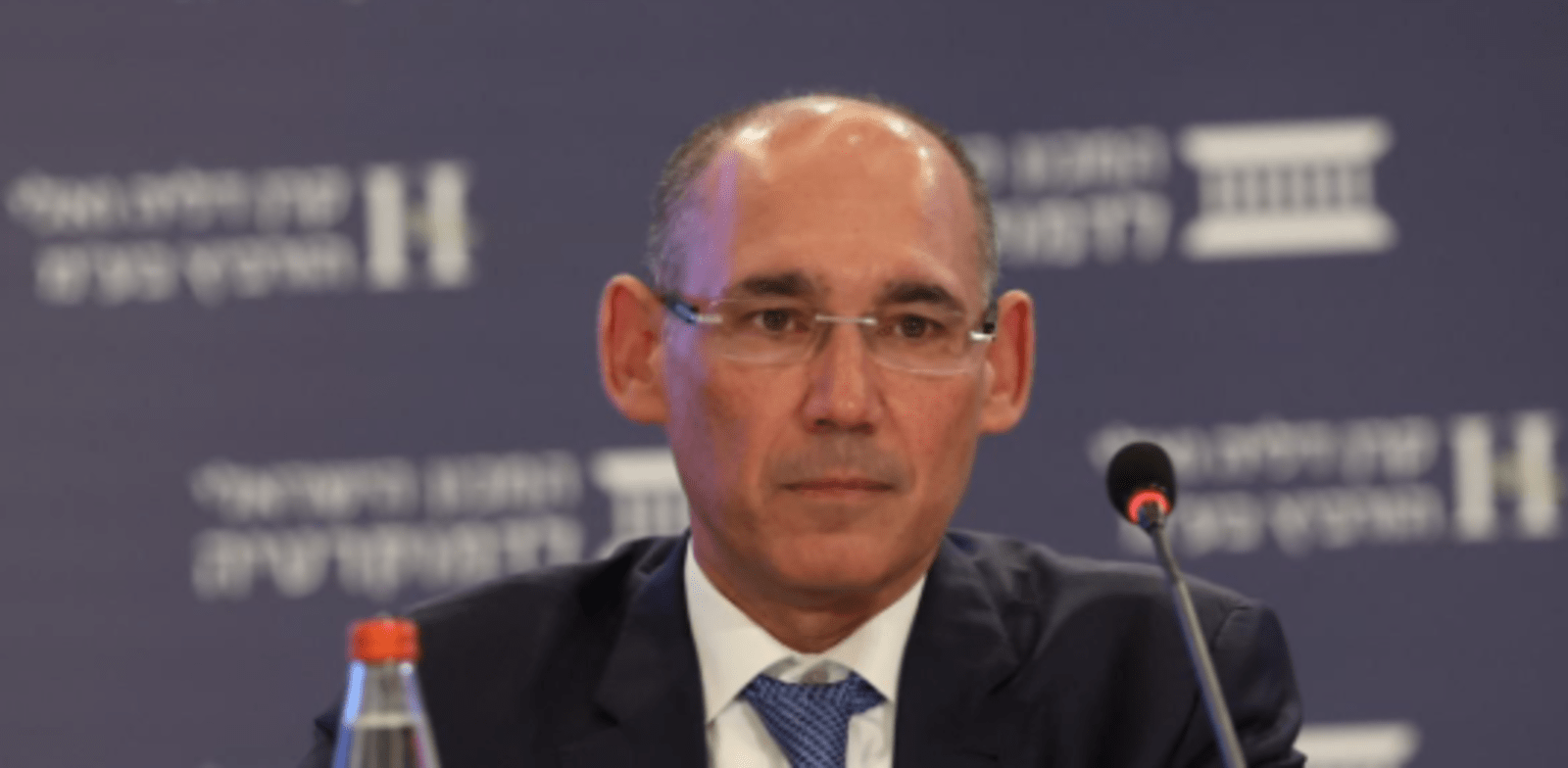“The MFI sector’s outstanding for the current fiscal will be around Rs 3.25 lakh crore. There will be a 20.3 per cent rise over the previous fiscal year,” Misra told reporters here on Tuesday.
The collection efficiency ratio of the sector during the pandemic of 2021 and 2022 had been affected as group gatherings did not take place properly.
“But the collection efficiency ratio at present has increased to 97 per cent for the sector from 70 per cent during the pandemic,” Misra said.
According to an MFIN study, the total number of MFI beneficiaries in the country is 6.2 crore.
Misra said as per a study conducted by NCAER, the MFI sector’s contribution to the overall GDP is 2.7 per cent.
The share of West Bengal in terms of the outstanding loan portfolio is 17 per cent at Rs 38,000 crore, he said.
Referring to the RBI guidelines for the NBFC-MFI sector announced in March 2022, Misra said a level playing field had been created among the banks, NBFC-MFIs and NBFCs in terms of charging interest rates on loans as interest caps had been lifted by the apex bank.
Owing to the rise in the cost of funds, the average interest rate charged by NBFC-MFIs is around 24 per cent, MFIN said.
“Any charging of premium on loans advanced by any entity would have to be approved by the boards of the MFIs concerned,” he said.
Earlier, the average interest cost was 22.5 per cent, but it has increased now due to a rise in repo rates by RBI, he added.
The MFIN has 47 members in its network in West Bengal, which includes Bandhan Bank, Arohan Financial Services, Village Financial Services and Ujjivan Small Finance Bank among others.








































